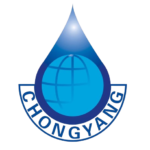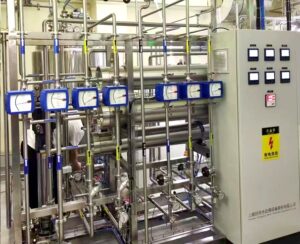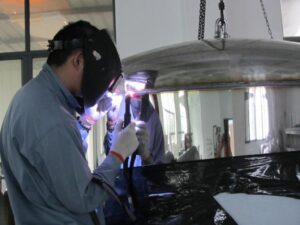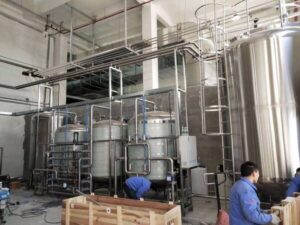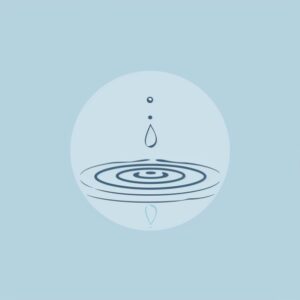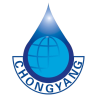Introduction

In the pharmaceutical industry, the qualification and validation of purified water equipment are essential to ensure compliance with regulatory standards and maintain water quality. Key documents such as Installation Qualification (IQ), Operational Qualification (OQ), and Design Qualification (DQ) are crucial in this process. This article outlines the purpose and content of these qualification verification documents.
1. Design Qualification (DQ)
1.1. Purpose of DQ
- Initial Validation: DQ verifies that the design of the purified water system meets all regulatory and user requirements before construction begins.
- Specification Compliance: Ensures that the system design adheres to cGMP, FDA, and other relevant standards.
1.2. Key Components of DQ
- User Requirement Specification (URS): Defines the intended use and performance criteria of the system.
- Functional Specification (FS): Outlines the functions the system must perform to meet the URS.
- Technical Drawings and Design Reviews: Includes detailed design documents and reviews to ensure compliance with specifications.
2. Installation Qualification (IQ)
2.1. Purpose of IQ
- Verification of Installation: IQ ensures that the purified water equipment is installed according to design specifications and manufacturer recommendations.
- Documentation and Records: Confirms that all components, piping, and controls are correctly installed and documented.
2.2. Key Components of IQ
- Component Verification: Confirms that all parts and materials used are as specified in the DQ.
- Installation Checks: Includes visual inspections, piping checks, and verification of instrumentation.
- Documentation: Records of all installation activities, including equipment calibration certificates and material compliance.
3. Operational Qualification (OQ)
3.1. Purpose of OQ
- Operational Testing: OQ verifies that the equipment operates according to the specified parameters under simulated or real conditions.
- Performance Verification: Ensures that all system components function correctly within the operational limits.
3.2. Key Components of OQ
- Test Procedures: Detailed test protocols for evaluating system performance, including flow rates, pressure, and temperature control.
- Alarm and Safety Systems: Verification that alarms, interlocks, and safety features function correctly.
- Operational Documentation: Includes records of all tests performed, results, and any deviations observed.
4. Performance Qualification (PQ)
4.1. Purpose of PQ
- Final Validation: PQ ensures that the purified water system consistently produces water that meets all quality specifications under real production conditions.
- Long-Term Reliability: Confirms that the system can maintain performance over an extended period.
4.2. Key Components of PQ
- Water Quality Testing: Includes microbial, chemical, and physical tests to verify water quality.
- System Performance Monitoring: Ongoing monitoring to ensure the system operates consistently within specified parameters.
- Documentation: Detailed records of all testing procedures, results, and corrective actions if necessary.
5. Requalification and Continuous Monitoring
5.1. Periodic Requalification
- Routine Verification: Requalification ensures that the system continues to operate as intended over time, often performed annually or biannually.
- System Modifications: Requalification is also required after any significant changes or upgrades to the system.
5.2. Continuous Monitoring
- Ongoing Validation: Continuous monitoring of critical parameters, such as flow rates and water quality, to ensure consistent performance.
- Record Keeping: Detailed logs of system performance and maintenance activities to support ongoing compliance.
Conclusion
The qualification of pharmaceutical purified water equipment through DQ, IQ, OQ, and PQ is essential for ensuring regulatory compliance and consistent water quality. Proper documentation and validation processes are critical in maintaining the integrity and reliability of the purified water system.
